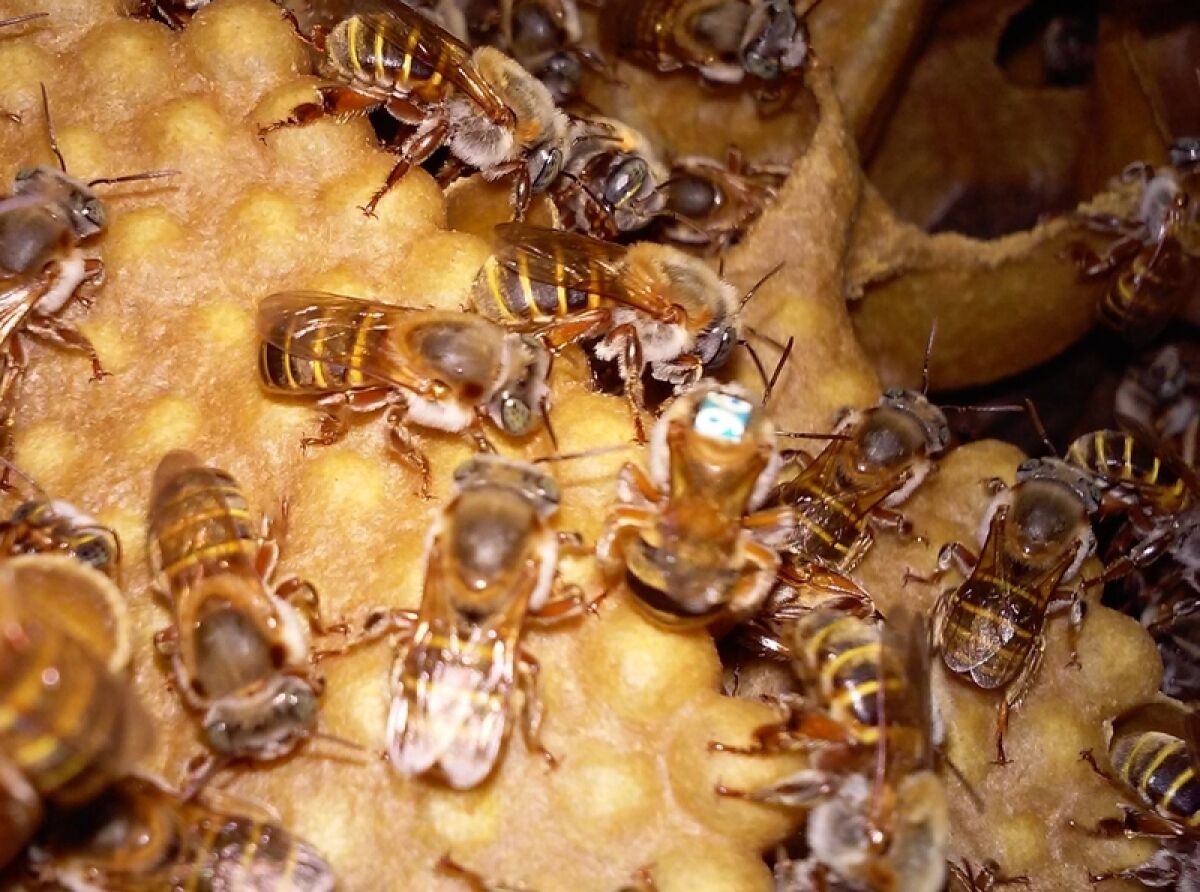From the dry forest to your table, La Trinidad Huaxtepec ejido in Oaxaca take advantage of the jiotilla fruits and flowers, and is working to produce honey with the native bees that are attracted to them, increasing the natural pollination of this endemic cactus.
On August 10, 1938, 1,110 hectares of forest vegetation became the social property of the ejido La Trinidad Huaxtepec in Oaxaca.
This territory that is now part of the Huajuapan District, Santigo Chazumba municipality, has dry forest, an ecosystem that transits between arid zones and jungle. It is characterized by its trees and its columnar cacti, of which for a long time the natives have collected fruits such as jiotilla, becoming one of their current economic activities.

In 2019 La Trinidad Huaxtepec became the first ejido in Oaxaca to obtain a permit to use the jiotilla, a wild cactus fruit of just about four centimeters, considered exotic and obtained from the Escontria chiotilla species.
Today, with all the documentation in order and under current regulations, its inhabitants have the permission to collect 27,285 kilos per year, or 136,425 kilograms of jiotillas or chiontillas over the 5 years that the authorization lasts, which ends on June 30, 2024.
To obtain this harvesting permit, the National Forestry Commission (Conafor) granted them support and accompaniment to carry out the study on sustainable forest management so that the extraction of the fruit was precisely a harvest and not an exploitation.
This permit allows them to be able to commercialize the jiotilla outside the region and potentially reach the whole country.
With the jiotilla desserts, syrups, concentrates, jams, and dehydrated products can be made, as well as colorants and benefits in the pharmaceutical industry.
Sweet Future
The work of this ejido continues to be an example of its good environmental practices. And in addition to their usual economic activities, which are the collection of fruits such as jiotilla, pitaya, xoconoxtle, garambullo, and oregano, as well as sheep and goat grazing, they have also implemented a project to produce honey.
The honey they want to produce will not be the common variety, the one that comes from the European bee Apis mellifera, but from bees native to Mexico of the Meliponine group, which are distinguished by being a stingless bee. Two types of these bees reside here on the beautiful Pacific coastline along western Mexico.
Due to how meticulous and relatively slow its production can be, as well as the quality, flavor, and medicinal characteristics attributed to it, the cost to produce this honey is much higher, and brings a premium price in the market compared to that of the European bee, up to 2,000 pesos per liter.

Production of honey from the Melipona bee is successful in the Mexican southeast, mainly in Yucatán, but in Oaxaca traditional knowledge regarding the production of this type of honey has been lost, and the number of Meliponic bee farmers is very low. Therefore, this rescue of knowledge will be one of the tasks and responsibilities of the ejido.
To achieve the objective of obtaining honey and wax, the La Trinidad Huaxtepec ejido requested support from Conafor, so that through its Technology Transfer program it could benefit from the project "Native Bees with Productive Potential in Agroforestry Systems." This technological package lasts for one year and is the outcome of a previous investigation.
The work carried out will also have a parallel environmental benefit since the bees will contribute to the pollination of the jiotilla. Bees together with hummingbirds pollinate 30% of columnar cactus species, the other 70% by bats. The jiotilla belongs to the 30% of the cacti that are not pollinated by bats, and are mostly pollinated by the stingless bees, up to 81.8%.
Thus, the native bees that are used will visit the pale yellow flowers from May to June and from July to August, which will subsequently produce both the fruit and the honey of better quality.
The first stage of this activity has already begun in an effort to locate the nests of bees of the genus Melipona and Scaptotrigona, and evaluate the potential for their use, subtraction, and rational transfer. At this stage, nests of Scaptotrigona have been found with the potential to be exploited.
In a second stage, they will place the hives in their agroforestry production units to monitor, control, and finally begin the process that culminates in the honey harvest in a technified way.

The extension institution that accompanies them is the National Institute of Forestry; Agricultural and Livestock Research, which will train them with a course where women and young people, groups that are considered vulnerable, will also participate.
It should be noted that one of the points for the activities to be successful is that the activities were agreed upon and approved by all the members of the ejido.

